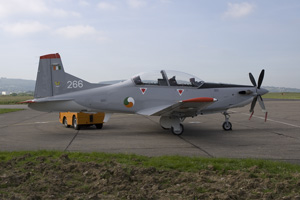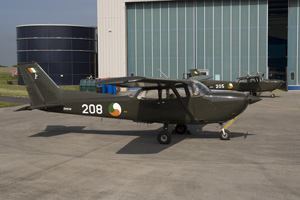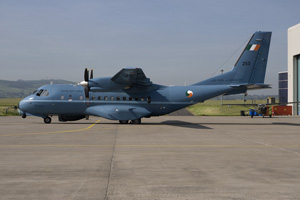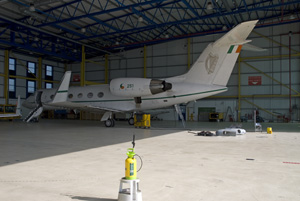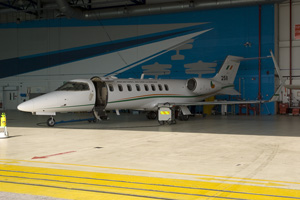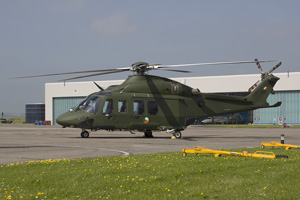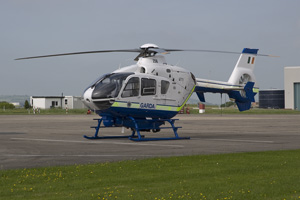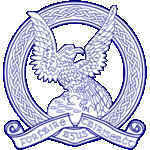
Irish Air Corps
Aer Chór na hÉireann
Formed in 1922, shortly after the Republic of Ireland was granted independence from Great Britain, the Irish Air Corps or Aer Chór na hÉireann in Gaelic, provides air support to the Irish Army. The service is not an independent air force as in many other countries, but the air component of the country's Permanent Defence Forces. One of the smallest air forces in Europe, the IAC uses only one base for its operations.
The IAC's home is Casement Aerodrome near Baldonnel, close to the capital Dublin. Baldonnel houses a total of two wings with five squadrons between them. Apart from that, there is the Air Corps College which controls a Flying Training School. Furthermore, the IAC provides air support for the Gardai, the Irish police force.
